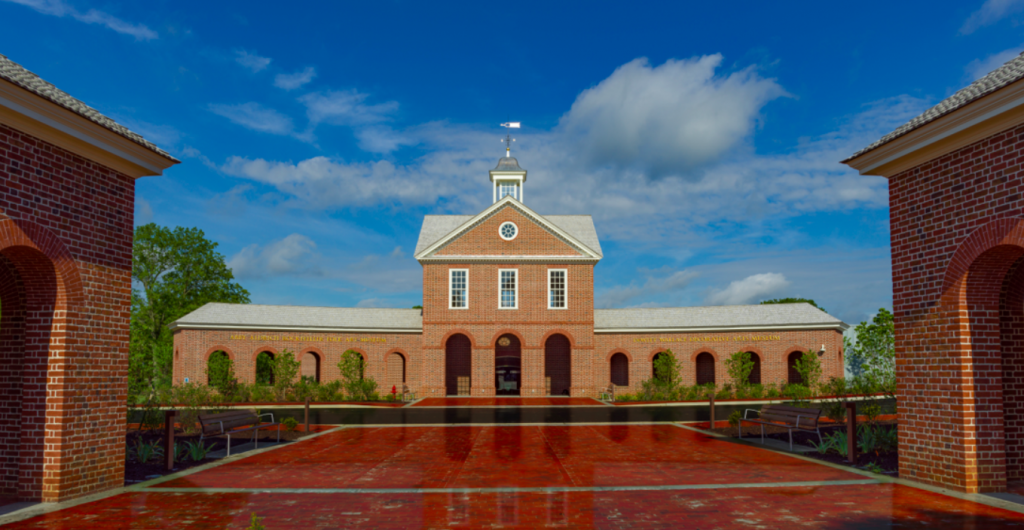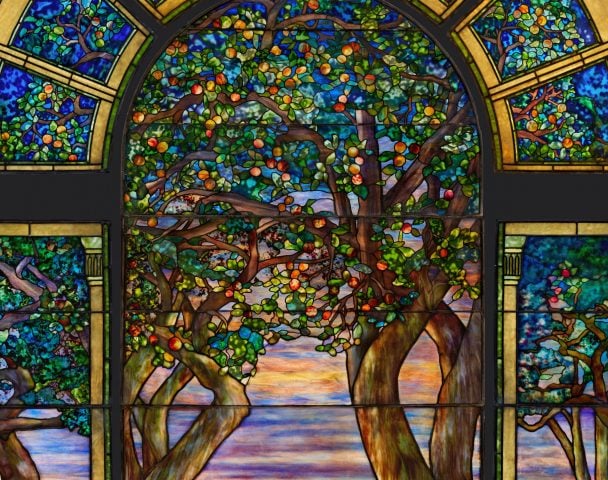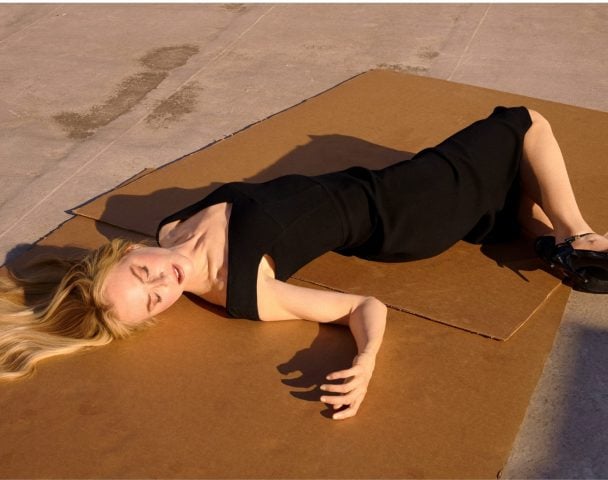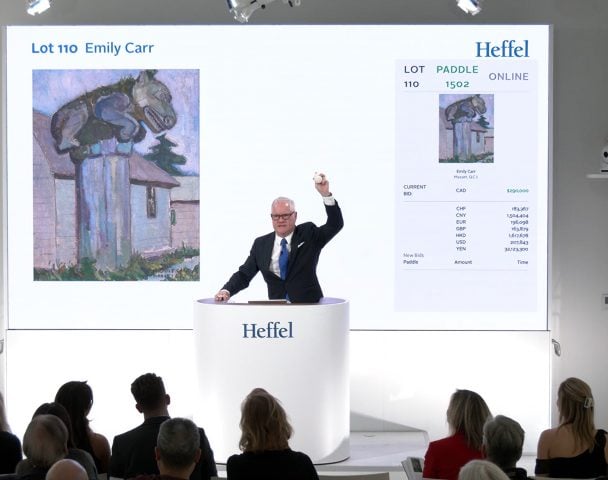Art institutions around the globe are reckoning with legacy of racism and colonialism. But what happens when your institution is literally dedicated to celebrating colonial history? In recent years, Colonial Williamsburg in Virginia has been working to re-examine its treatment if history to render a more accurate picture of early America, sins and all.
Visitors got a first look at the results when the Art Museums at Colonial Williamsburg reopened late last month. Following a major three-year renovation, the museums boast a new 65,000-square-foot wing, an expanded entrance, and 25 percent more gallery space, allowing curators to showcase objects previously in storage. (Larger common areas, including a new cafe and museum store, will also in handy as social distancing rules are enforced.)
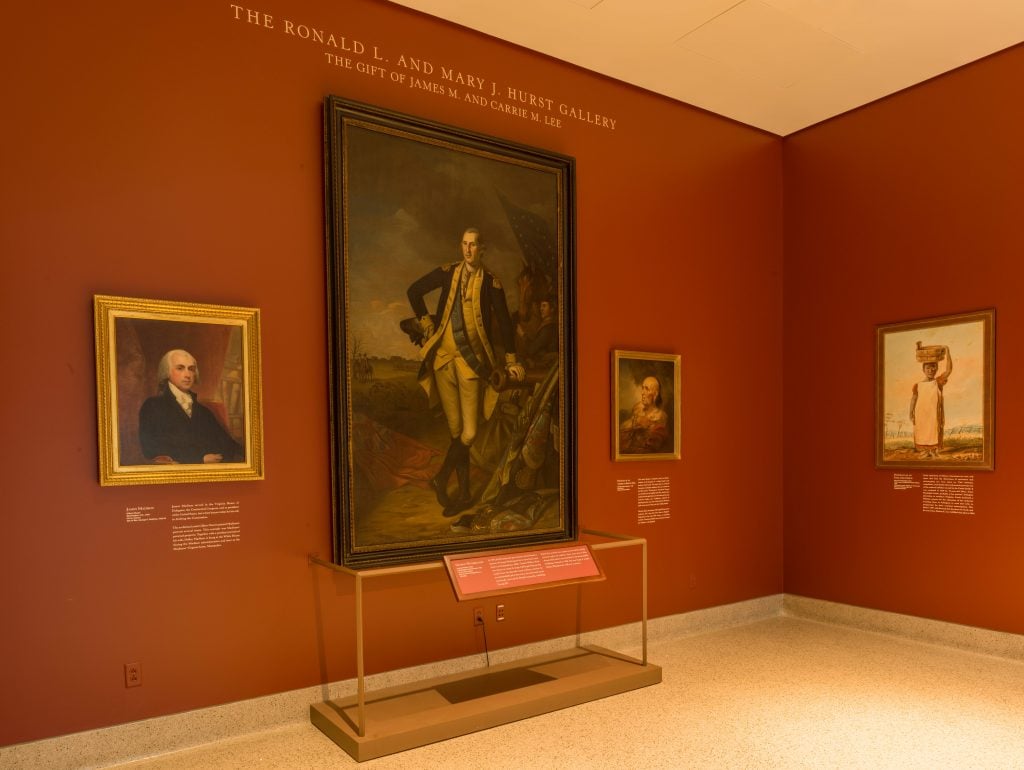
Installation view, “Early American Faces.” Courtesy of The Colonial Williamsburg Foundation.
The $41.7 million project, funded by donors, allowed curators the time and space to develop more ambitious exhibitions, including “Early American Faces,” which strives to showcase the array of individuals—enslaved, free, white, Black, and American Indian—represented within the museum’s holdings.
The show is the brainchild of chief curator Ron Hurst, who oversees the collections at both art museums as well as some 200 period rooms, preservation of the historic area’s 600 buildings, and its archeology and conservation programs.
As part of its rethink, the museums updated their wall labels to address the previous erasure of slaves at Colonial Williamsburg. The initiative, steered by Hurst, means that decorative objects, tools, and other pieces of the collection that were previously labeled as the work of one individual will now note that slaves also contributed—and, in many cases, actually created the works entirely, previously without credit.
According to Jamar Jones, an actor who has played roles at the living history museum including that of Jupiter, an enslaved manservant to Thomas Jefferson, “Speaking the names of enslaved individuals is particularly vital because sometimes that is all that is available to us. A name and the monetary value assigned to their life.”
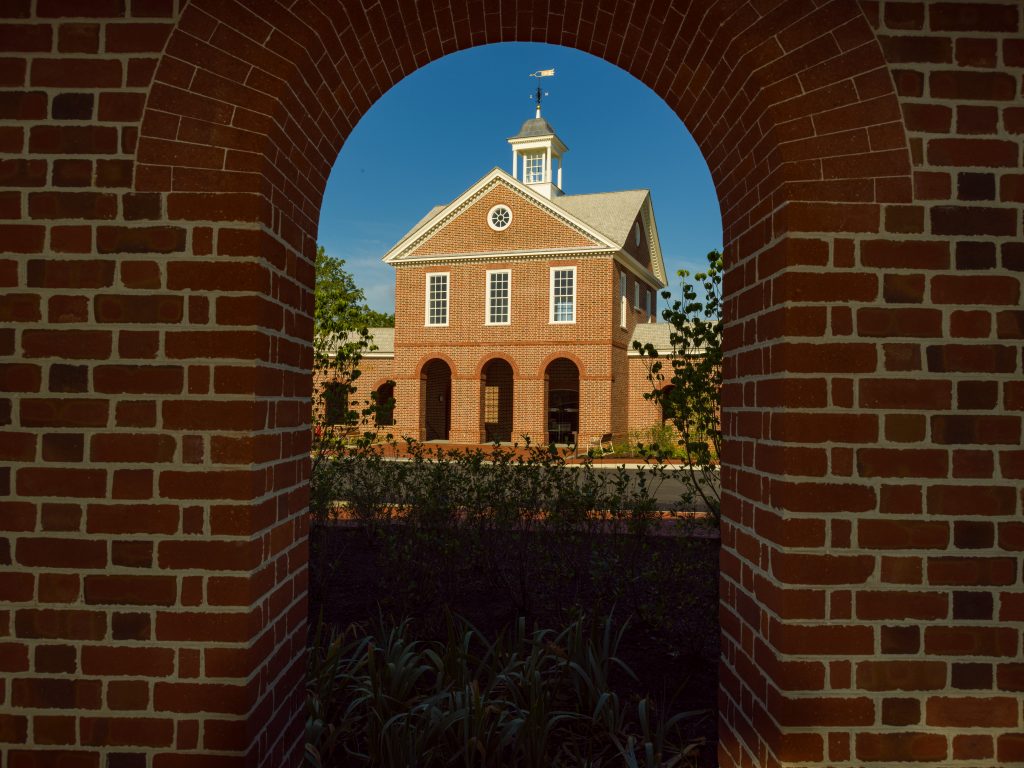
The new entrance to the Art Museums of Colonial Williamsburg, June 2020. Courtesy of The Colonial Williamsburg Foundation.
Over the course of the shutdown, operations at Colonial Williamsburg remained relatively unscathed: the institution managed to avoid layoffs, with many staff members pivoting to telework, and others performing tasks in person at a safe distance, according to the institution. Restaurants that typically serve tourists operated a volunteer program to feed community members outdoors in Williamsburg’s gardens, providing 25,000 meals to children who were out of school and without access to regular meals.
Speaking to Artnet News, Hurst stressed the importance of maintaining a historically accurate record, while also acknowledging the gross disparities among African American and European settlers. The former, which included both free and enslaved individuals, made up at least 51 percent of the population during the Revolutionary era. They are represented by Black actors as part of the “living history” museum.
Hurst notes that, as is often the case with formal, historically white-led history institutions, objects that survived and continue to be celebrated were those owned by the wealthy. But Williamsburg is working to continue its archaeological examination of the site to enrich its understanding of Black history. Among the discoveries are networks of underground storage that show how slaves hid valuable possessions.
“Objects that survived from the past are so frequently those associated with people who had means,” Hurst said. Archaeology, he added, “allows us to bring forth those artifacts that speak to the experiences of people of color.”
